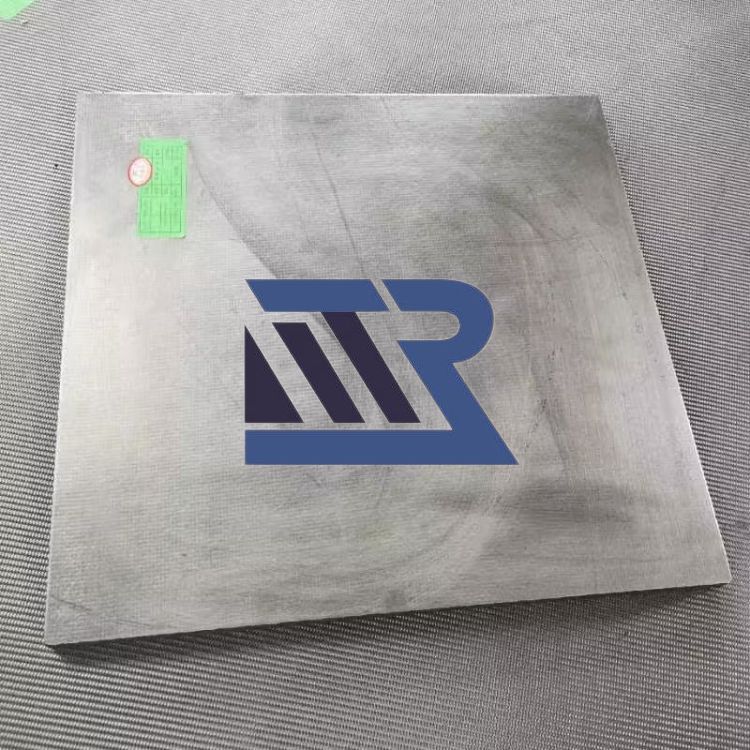Graphite felt is a new type of high-performance material with many differences compared to traditional materials. Below, a detailed comparison will be made between graphite felt and traditional materials in terms of material characteristics, application fields, and environmental impact. 1. In terms of material characteristics: 1. Conductivity: Graphite felt has excellent conductivity, not only possessing high conductivity, but also stable operation in high temperature and corrosive environments. Traditional materials such as rubber and plastic do not have conductive properties. 2. Thermal conductivity: The thermal conductivity of graphite felt is far superior to most traditional materials, with high thermal conductivity and fast heat conduction speed, which can effectively transfer heat. However, the thermal conductivity of traditional materials is relatively poor. 3. High temperature resistance: Graphite felt has high temperature resistance and can be used for a long time in high temperature environments above 1000 degrees Celsius. However, traditional materials have weak high-temperature resistance and are often prone to melting or deformation in high-temperature environments. 4. Chemical stability: Graphite felt has good stability to most chemical substances and is not easily corroded. Traditional materials are often susceptible to erosion when faced with chemical substances such as acids and alkalis. 5. Mechanical properties: Graphite felt has high mechanical strength, excellent load-bearing capacity and wear resistance, and is not easily worn or damaged. Traditional materials such as rubber and plastic have relatively poor mechanical properties.


2. In terms of application fields: 1. New energy field: Graphite felt can be used as electrode material for fuel cells, separator for lithium-ion batteries, solar cell backplates, etc. Its conductivity, thermal conductivity, and high temperature resistance make it have broad application prospects in the new energy field. 2. Electronic field: Graphite felt can be used as a conductive gasket, thermal conductive gasket, and other electronic components, providing excellent conductivity and thermal conductivity, while also playing a buffering and protective role. 3. Aerospace field: Graphite felt can be applied to insulation, sound insulation, and flame retardancy of aerospace vehicles, with the characteristics of lightweight, high temperature resistance, and high strength, which can improve the performance and safety of aerospace vehicles. 4. Petrochemical industry: Graphite felt can be used for thermal insulation of petrochemical equipment, which has better thermal conductivity and high temperature resistance than traditional materials, effectively reducing energy loss and improving process efficiency. 5. Environmental protection field: Graphite felt can be used as an insulation material in energy storage equipment to improve energy storage efficiency; It can also be used as a filtering material in air purifiers and waste gas treatment equipment, effectively capturing harmful substances. 3. In terms of environmental impact: 1. Resource utilization: The production process of graphite felt is relatively simple, and renewable graphite can be used as raw material, resulting in high resource utilization efficiency. The production process of traditional materials such as plastic and rubber often requires a large amount of petrochemical raw materials, resulting in low resource utilization efficiency. 2. Environmental pollution: Graphite felt does not release harmful gases and particles during use, resulting in less environmental pollution. The production and use of traditional materials often generate a large amount of exhaust gas, wastewater, and waste, causing serious environmental pollution. 3. Recycling: Graphite felt can be recycled into new materials through high-temperature pyrolysis. Traditional materials often cannot be effectively recycled and can only be treated through incineration, causing secondary pollution to the environment. In summary, graphite felt, as a new type of high-performance material, has many differences compared to traditional materials. In terms of material properties, application fields, and environmental impacts, graphite felt has advantages such as conductivity, thermal conductivity, high temperature resistance, chemical stability, and mechanical properties, making it suitable for new energy, electronics, aerospace, petrochemical industry, and environmental protection. At the same time, graphite felt exhibits advantages in resource utilization, environmental pollution, and recycling compared to traditional materials, and has better sustainability.
Related recommendations:Carbon Fiber Rigid Felt Board.Vacuum Furnace Insulation Board.Carbon Fiber Insulation Material.Vacuum Furnace Insulation Screen




